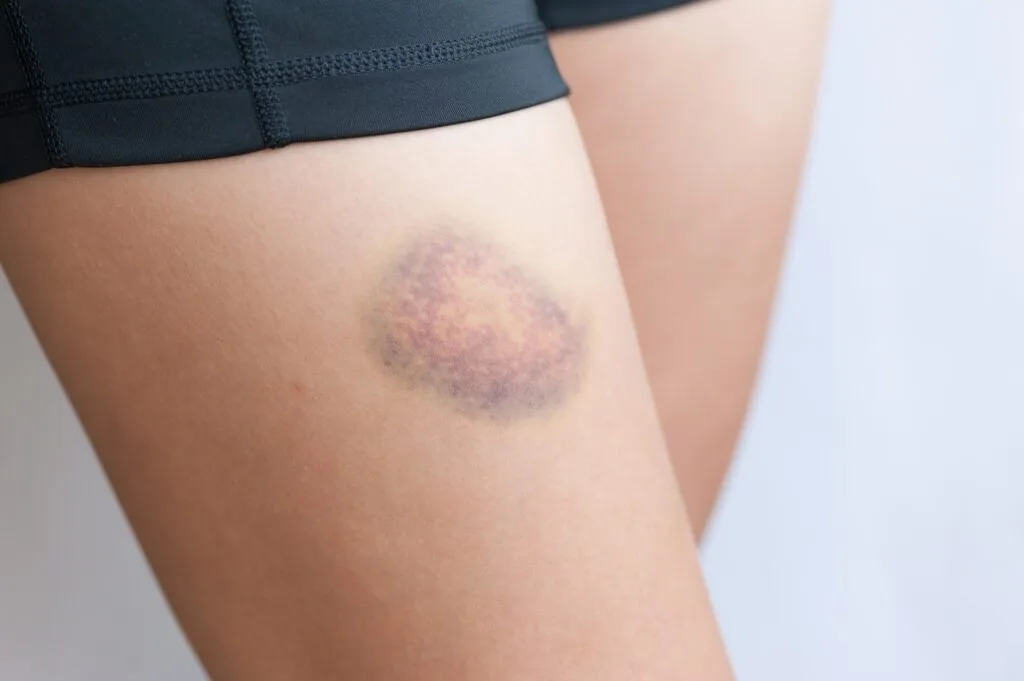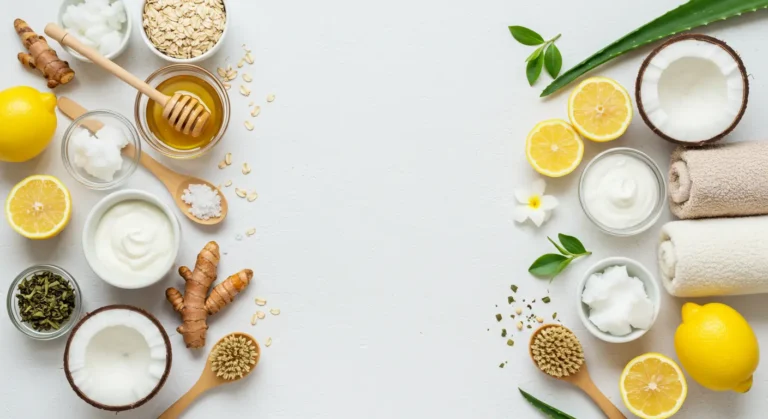Covering a bruise isn’t just about eliminating it – it’s also about taking care of your skin and boosting your trust. While bruises are ordinarily harmless, they can be unsightly and might make you self-conscious, especially in social spots. By cutting across a contusion, you help protect it from dirt and infection, which could slow down the healing cognitive operation. Fiddling reporting can make your finger more comfortable while the contusion fades away. Stay with us to learn how to cover a bruise.
When to Cover vs. Letting it Heal Naturally
Take the Right Concealer: Pick a thick, full-reporting concealer that fits your skin’s musical note for unlined coverage. Look for one with a creamy texture to blend easily.
Apply Color Correctors: Green color correctors help cancel out the redness of unfermented bruises, while yellow-bellied or peach correctors easily mold purple or colored racy bruises.
Give a Setting Powder: After going for concealer, use a translucent arranged gunpowder to mesh the reporting and prevent smudging.
Try on a Bandage or Adhesive Patch: For a more lifelike look, apply a skin-tone-up or adhesive patch that blends in with your skin and discreetly covers up the contusion.
Layer Lightly: Avoid caking on weighed–down makeup. Build coverage in layers to create a natural conclusion without looking too obvious.
Go for a Full-coverage Foundation: For more enormous bruises, a full-coverage origination can hide the discoloration.
Practice a Makeup Sponge or Brush: For fifty-fifty covering, employ a constitution sponge or thicket to softly beseech the concealer onto the contusion instead of rubbing it in.
Retain It Clean: If you use adhesive bandages or patches, supersede them regularly to avoid infection.
Apply a Thin Layer of Color Corrector
The first step in covering a contusion is to hold a people of color corrector to neutralize the contusion’s tones. Pick out the the right of how to cover a bruise and correct color based on the colour of your bruise:
Blue bruises: Use pink, peach, or orange correctors, depending on your skin tone.
Purple bruises: Yellow correctors are ideal for purple bruises.
Red bruises: Use a green corrector to counteract the red tone.
Brown bruises: Choose a concealer a shade lighter than your skin tone. If it’s too dark, add a bit of white corrector.
Yellow bruises: Lavender corrector works best for yellow bruises.
Orange bruises: Use a blue color corrector.
Cover the Corrector with Concealer
After learning how to cover a bruise neutralizing the bruise with a color corrector, apply a layer of concealer. Take a concealer one shade unclouded than your skin tone and softly dab it over the bruise. Blend it out with your fingers or a composition sponge to see it’s intimately blended, working in fragile layers to avoid caking.
Apply a Layer of Foundation
Once your concealer is in place, apply foundation to even the overall skin tone. Blend it well across your face to avoid visible lines of demarcation. This step will provide additional coverage and help make everything look seamless.
Dust on Translucent Powder
After learning the way how to cover a bruise set everything in place with a dusting of translucent powder. Use a fluffy brush to apply it to your face lightly. The powder helps lock the makeup in place, keeping it from smudging or wearing off during the day. Reapply the powder as needed to maintain a smooth and consistent finish.
Covering Your Bruise By Using Covering a Bruise on Your Body
Choose a body foundation or use a full-coverage face foundation that matches your skin tone. Apply a dime-sized amount directly onto the bruised area, and blend it well using your fingertips. This step will help provide the first layer of coverage. Ensure the skin is clean and dry before application, avoiding any lotions that may interfere with the foundation’s ability to adhere properly.
Use Concealer for Darker Bruises
If the bruise is particularly dark and still visible through the substructure, spot-treat it with a concealer. Choose a concealer in a shade somewhat unaccented than your natural pelt tone. Lightly dab it onto the bruise using your fingertip or a makeup brush. This step helps to hide any discoloration.
Color-Correct the Bruise If It Still Shows
If the bruise persists even after applying foundation and concealer, consider using color correction. Mix some orange-red lipstick with concealer to create a peachy or pink tone. Apply this mixture lightly onto the bruise and blend well. Follow up with another skin-toned concealer layer to cover the area further. Finally, dust with translucent powder to set the makeup and ensure it stays in place throughout the day.

Naturally, Conceal a Bruise Without Makeup By Wearing Clothes
One mere agency to hide a bruise is strategically using your wardrobe. Look at how to cover a bruise and where the bruise is situated; you can easily pass over it with clothing:
- On the Sleeve or Leg: Wear jade long-sleeved shirts or a foresightful gasp to preserve the bruise hidden. If it’s a warm solar day, try lightweight material to ride out comfortably while getting across the area.
- Around the Neck or Face: For bruises near your hairline, forehead, or temples, a stylish scarf, headband, or even a hat can chop-chop camouflage the bruise. It’s an excellent manner to underwrite the area while lending a bright signature to your look.
- On the Eyes or Nose: If the bruise is around your eyes or near your nozzle, sunglasses or prescription glasses can serve dual duty—they’ll help shield your bruise while adding a stylish flair.
Frequently Asked Questions
Does Makeup Help Heal A Bruise?
No, but icing, elevation, and vitamin C can speed healing.
When Can I Apply Makeup?
Wait at least a day after the injury to avoid irritation.
How Do I Prevent Bruises?
Wear protective gear and check with a doctor if you bruise easily.
Conclusion
Learning how to cover a bruise, whether with makeup or clever clothing and accessories, is about feeling confident while the healing process unfolds. Whether you prefer to conceal it with a flawless makeup routine or opt for natural remedies and stylish clothing to hide it, you have various options to suit your needs and preferences. Remember, bruises are temporary and a reminder of your body’s resilience. So, don’t stress over them too much—just use these tips to keep your skin protected, your confidence high, and your self-assurance shining through while your bruise fades away!




Your writing possesses the rare ability to simplify complex ideas without losing their depth — truly remarkable.